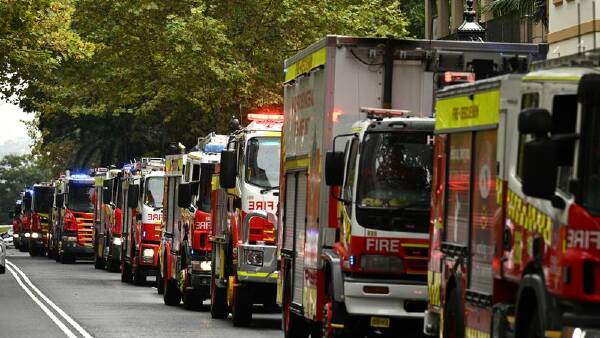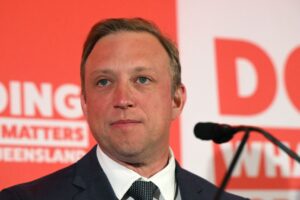
Thousands of firefighters in New South Wales will receive a significant pay rise of 14 percent over the next three years, as decreed by the Industrial Relations Commission. This ruling, backdated to February 2024, surpasses the 9 percent increase originally proposed by the state government. The decision marks a notable shift in the handling of industrial disputes, reflecting a willingness to prioritize worker compensation.
The commission stated that the contributions of firefighters are “currently significantly undervalued,” a sentiment echoed by the Fire Brigade Employees’ Union, which welcomed the ruling as a recognition of the expanded roles firefighters undertake, including search-and-rescue operations and responding to road accidents. Initially seeking a 17 percent increase, the Union argued that the state’s nearly 7,000 firefighters had experienced wage suppression for a decade under the previous coalition government.
In addition to the base salary increase, the agreement includes a one-time payment of 2 percent to alleviate cost-of-living pressures and an additional 3 percent to acknowledge the firefighters’ competency in road crash rescue work, deemed a “core function” by the commission.
Implications for Future Negotiations
Industrial relations expert Fiona MacDonald commented that this ruling could serve as a precedent, potentially discouraging state governments from resisting pay increases for public sector workers. She expressed hope that if state governments genuinely considered pay claims, unions would not need to escalate disputes to the commission.
In contrast, other analysts like John Buchanan, a professor at the University of Sydney, expressed skepticism regarding the likelihood of significant changes in government attitudes toward public sector pay. He noted that “capacity to pay” remains a fundamental principle in wage determination, suggesting that the NSW Government may continue to invoke financial constraints regardless of the commission’s ruling.
The commission’s decision has provoked a response from members of the opposition. Shadow Treasurer Damien Tudehope, who was involved in the implementation of a 2.5 percent wage cap under the previous government, criticized the current administration for relinquishing control of its budget. He stated that the commission had “exercised its unshackled power” by disregarding the government’s fiscal arguments.
Wider Context of Labor Disputes
The ruling comes as various public sector professionals, including doctors, nurses, and psychiatrists, are also seeking higher wages. Many of these groups are currently in arbitration with the commission, having previously engaged in strikes to push for better compensation. The situation reveals a broader discontent within the public sector regarding remuneration, exacerbated by the wage cap imposed in the past.
Minister for Industrial Relations Sophie Cotsis welcomed the commission’s decision, emphasizing its role in providing wage certainty for firefighters and recognizing their vital work in road crash rescues. She reaffirmed the government’s commitment to addressing recruitment and retention issues in essential services, stating, “We were elected on a mandate to fix the recruitment and retention crisis in essential services, and that is what we are doing.”
As the implications of this ruling unfold, it remains to be seen how it will impact future negotiations between the government and other public sector unions. The balance between fair compensation and fiscal responsibility continues to be a contentious issue in New South Wales, with the recent pay rise for firefighters serving as both a victory for labor and a challenge for state budgets.






